If 2016 will be remembered for its shocking elections and poll-defying referendums, 2019 may come to be remembered as a year of street protests. Across the globe, in far-flung countries with seemingly disparate catalysts mass movements have created plenty of trouble for those in power.
As the movements are unconnected and far-removed from each other, some of these protests may have flown under the radar of even the most obsessive news reader. Therefore for the reader’s benefit, below is a list and brief summary of some of the larger protests that have ignited during the past year.
The list and summaries will be far from exhaustive, but as per our aim at The International, I hope that this quick piece can help provide some perspective into this year of discontent.
Hong Kong
Timeframe: June 2019-Present
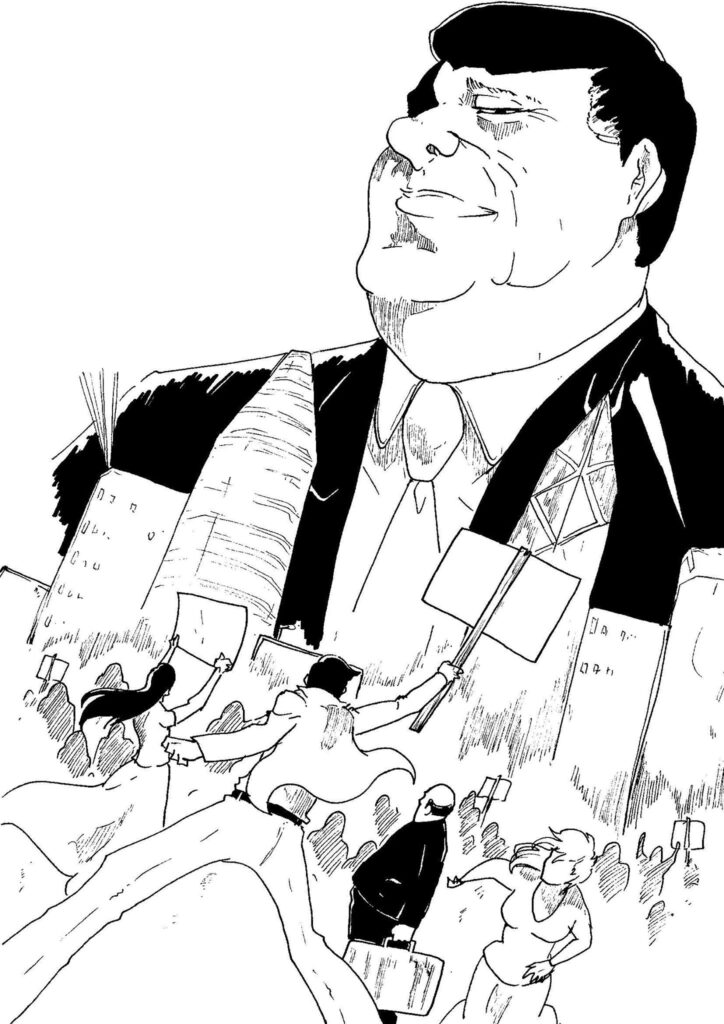
Initial Cause: Introduction of the now-defunct ‘extradition bill’ that would allow the Hong Kong courts to extradite prisoners to mainland China. However, the movement has evolved to encapsulate anger over what many Hong Kongers view as increasing interference from the central government in Beijing.
Current Situation: While the protests started in June, the situation had been steadily building until it erupted into a city-wide shutdown of public transit and prolonged sieges at university campuses across the territory. After a week of intense conflict that ground the city to a halt, things have simmered down. This has been compounded by the rout of establishment parties by the pro-democracy camp in the recent councillor elections.
With protestors accusing the police of covering up deaths related to the unrest and the government’s unwavering refusal to meet demands, whether or not a long term solution to the protests can be found is still unknown.
Iraq
Timeframe: October – Present
Initial Cause: Mass protests began across the country in response to alleged corruption of the central government, unemployment and a stagnating economy.
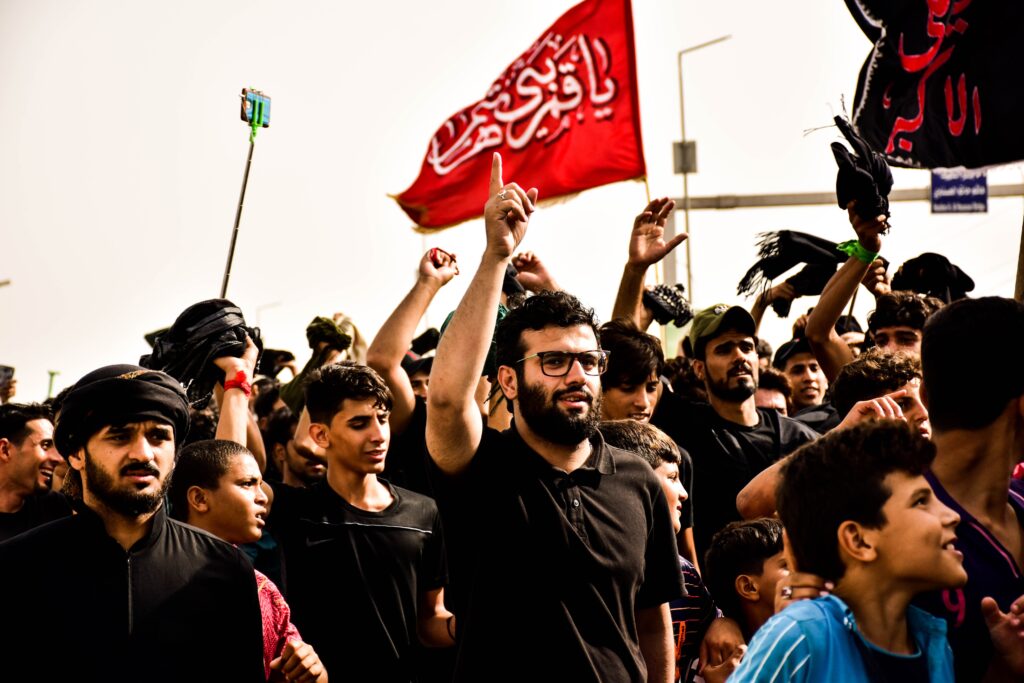
Current Situation: What started as protests against the economic situation in Iraq has been met with violence by Iraqi security forces. Casualty estimates put the death toll at over 400, while thousands have sustained injuries. The protests have evolved into seeking structural changes to Iraq’s system of government that was installed after the United States’ toppling of Saddam Hussein’s regime. While there have been instances of sectarian violence, reports are that protesters are actively trying to discourage this rhetoric.
Even though part of the anger is directed towards Iranian (and by extension Shi’ite) influence in Iraq’s government, the memories of the sectarianism that helped fuel the rise of ISIS are still fresh. The Prime Minister Adil Abdul-Mahdi has since resigned, but protests continue across the country.
Chile
Timeframe: October – Present
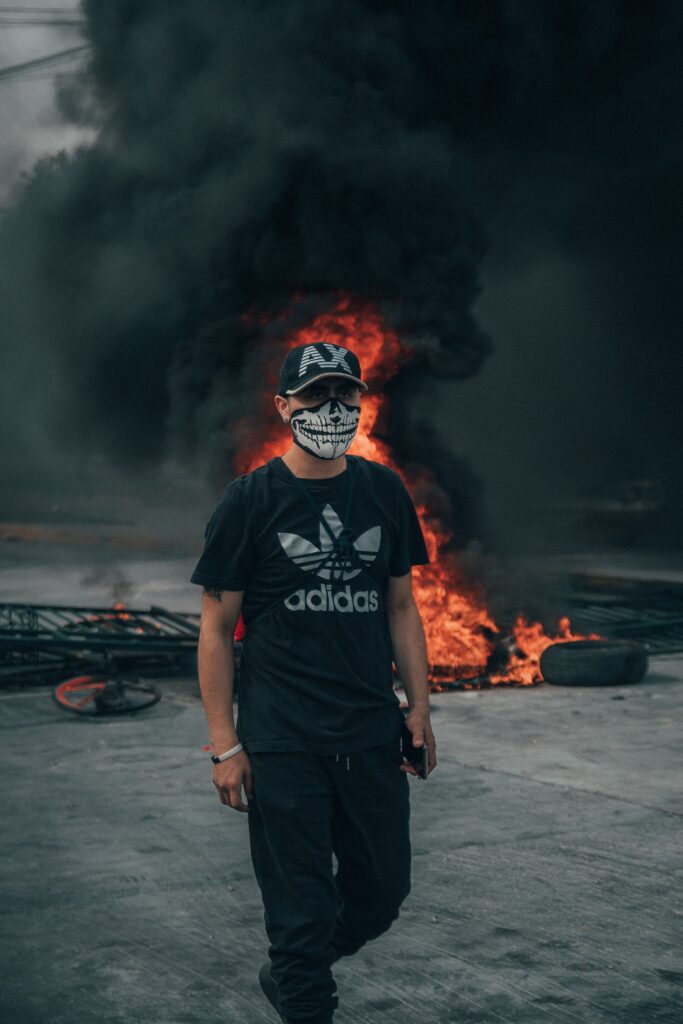
Initial Cause: A rise in the capital Santiago’s metro train ticket prices has since spiralled into general protests about privatisation and economic inequality in the country. This is widely considered to be the worst case of civil unrest since the fall of Augusto Pinochet’s dictatorial regime.
Current Situation: While the bulk of the violence that rocked Chile has subsided, protests continue across the country. In mid-November, most of the political parties with seats in the National Congress agreed to put forward a referendum with the goal of writing a new constitution. President Sebastian Pinera has reshuffled his cabinet, firing his interior minister, but protestors are still accusing the government of inaction against alleged crimes perpetrated by security forces. At least 23 people have been killed in violence related to the protests.
Lebanon
Timeframe: October – Present
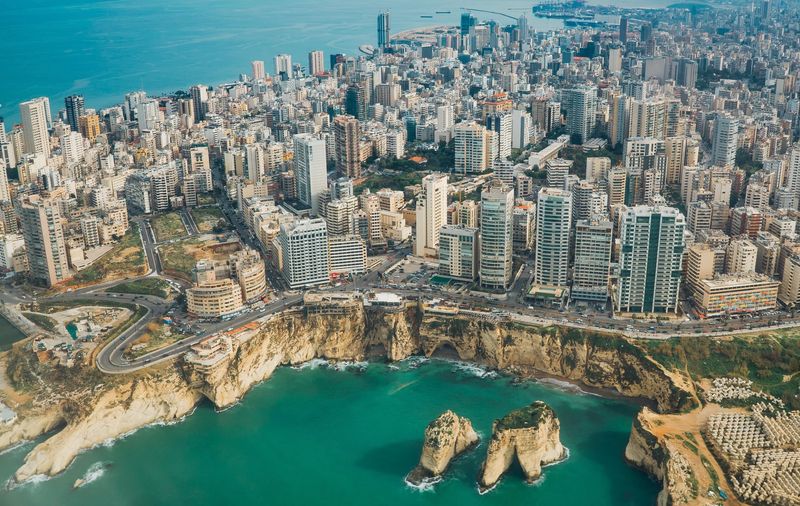
Initial Cause: A proposed tax increase on commodities and the introduction of a tax on Web-based phone services such as Whatsapp. As is the case elsewhere in this list, the protests spread and have since become focused on the corruption of the Lebanese government and its inability to provide basic services to its citizens.
Current Situation: Prime Minister Saad Hirir has since resigned his government and parliamentary gridlock continues. The sectarian division of power in Lebanon is delicate and any gain made by a group is often seen as a loss to another. This has meant that any attempts at structural or political reform are often stymied early on.
The current protests, however, have struck a distinctly un-sectarian tone and reflect the overall dissatisfaction with the establishment across many different ethnic and religious groups.
Russia
Timeframe: July-August
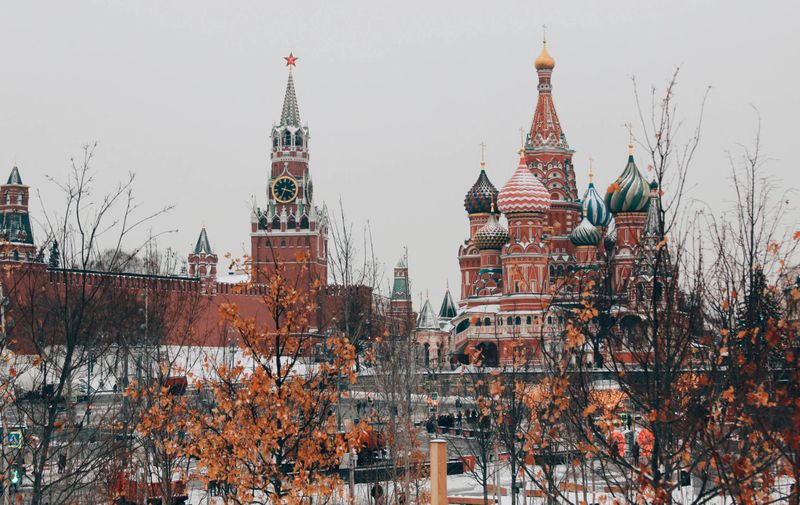
Initial Cause: Russian elections are generally plagued by rumours of corruption and unfair tactics, but the Moscow City Duma elections were fraught with the banning of opposition candidates who had met the required signature minimum to be on the ballot.
Current Situation: The denial of real opposition in these elections achieved a rare feat in the Russian Federation – the unification of opposition outrage. Together through tactical voting of the few candidates still available, the disparate opposition parties were able to make gains across the city. While unable to shake the ruling United Russia party from a majority, the protests and elections served as a powerful demonstration of the resilience of the embattled opposition.
Iran
Timeframe: November – Present
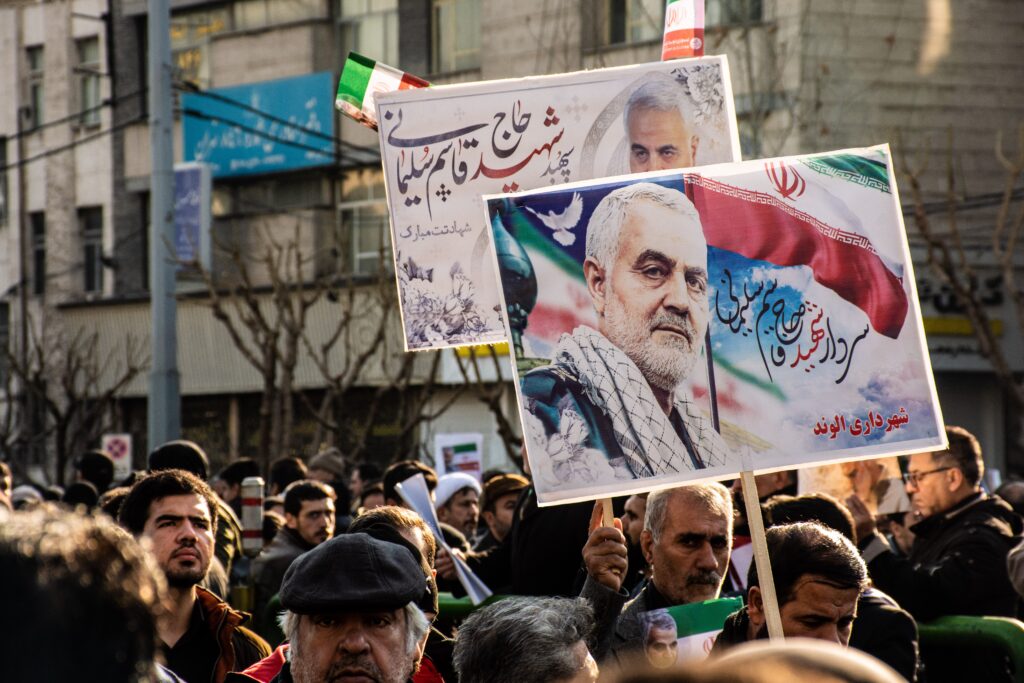
Initial Cause: Protests over economic hardship and mismanagement by the central government have since spiralled into outright opposition to the regime and establishment. Calls for regime change and reform have now spread throughout the country.
Current Situation: After the eruption of unrest, the Iranian regime has begun cutting internet access to the areas worst affected. With the rolling internet blackouts and security agencies with extensive experience in internal suppression, reports on the current situation have been spotty at best. According to Amnesty International, at least 208 people have been killed by regime forces, though some rights groups suggest this figure is far too low.
While Iran has had successes suppressing similar unrest in the past, American sanctions and spending on foreign interventions has left the Iranian economy in particularly dire straits. This will almost certainly compound any risks to those in power.
